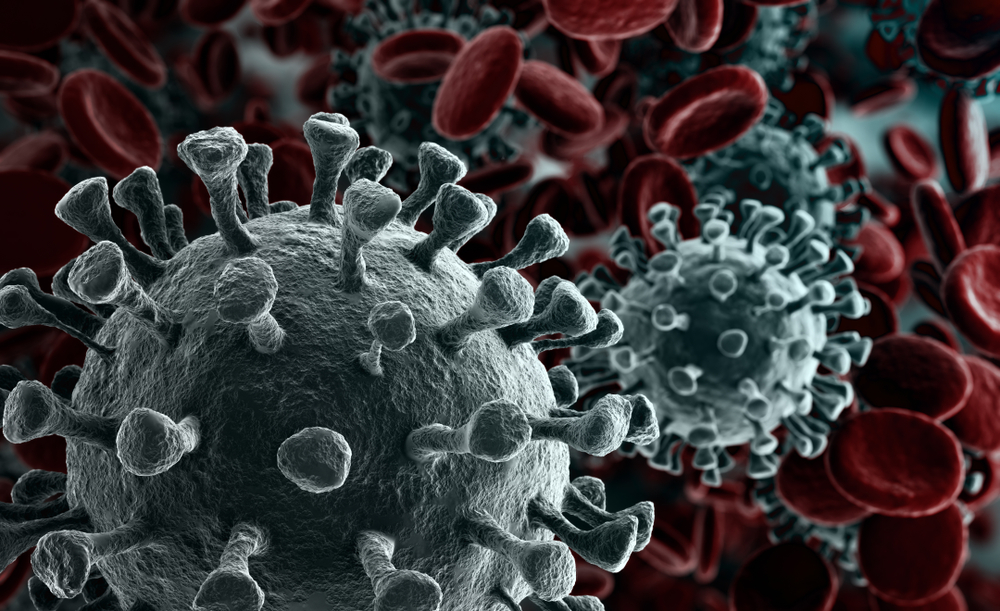JAMA-Published Study Says Flyers Have Low Probability of Contracting COVID-19

Another study suggests those in aircraft cabins are among the lowest risk of contracting the novel Coronavirus through exposure. In research published by the Journal of the American Medical Association, the study suggests the chance of getting COVID-19 from being on an airplane is lower than exposure in an “office building, classroom, supermarket, or commuter train.”
More research is coming out about flyer’s overall risk to catching COVID-19 as they travel, and the latest suggests continual air circulation is key to keeping flyers’ safe. A study published in October 2020 in the Journal of the American Medical Association suggests that the risk of contracting an infection from the novel Coronavirus is lower than exposure in an “office building, classroom, supermarket, or commuter train.”
Significantly Reduced Risk Due to Continual Airflow
As the COVID-19 pandemic continued around the world, airlines began adopting face covering mandates and installing HEPA air filters to reduce contaminants in the cabin air. The move may have been very effective, as researchers found the filters, combined with the air flow patterns, can potentially reduce the spread of aerosols and droplets in the air.
Their research shows that cabin air circulates from two overhead inlets, and escapes the cabin through floor-level outlets. Because the air moves in a particular pattern, the researchers say any contaminants expelled by flyers may not necessarily leave that row of seats. Moreover, because the cabin air recirculates so quickly, the remaining latent risk is removed through seats acting as barriers, and the use of face coverings.

A cross-section of a typical narrowbody aircraft cabin shows how air is circulated, and how it may aid in reducing the risk of contracting COVID-19 while flying. Image courtesy: JAMA
“Despite substantial numbers of travelers, the number of suspected and confirmed cases of in-flight COVID-19 transmission between passengers around the world appears small (approximately 42 in total),” the study reads. “In comparison, a study of COVID-19 transmission aboard high-speed trains in China among contacts of more than 2300 known cases showed an overall rate of 0.3% among all passengers. Onboard risk can be further reduced with face coverings, as in other settings where physical distancing cannot be maintained.”
Flyers and Airports Can Do More to Reduce Their Risk During Travel
Although the study may be good news for some risking the travel, the researchers say there’s still more flyers can do to reduce their risk. The study concludes flyers must wear a face covering from the moment they enter the airport to when they leave, limit their carry-on baggage, and open the overhead vent to point down on their face at full force.
The study also suggests airports and airlines can do more to mitigate the risk as well. While many airlines are already limiting food and beverage service, along with mandating face masks are worn, the researchers suggest airlines facilitate better contact tracing if a passenger does come down with a case of COVID-19. Airports can also do more to screen passengers, including passenger temperature testing or symptom questionnaires prior to boarding.





















